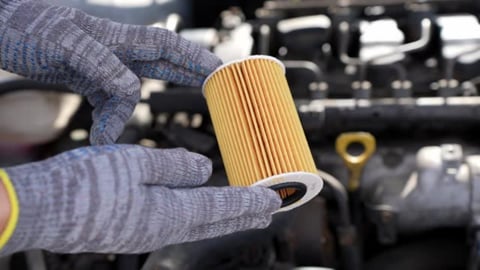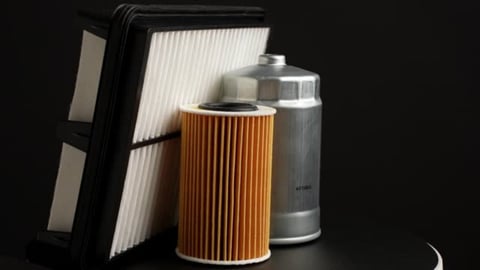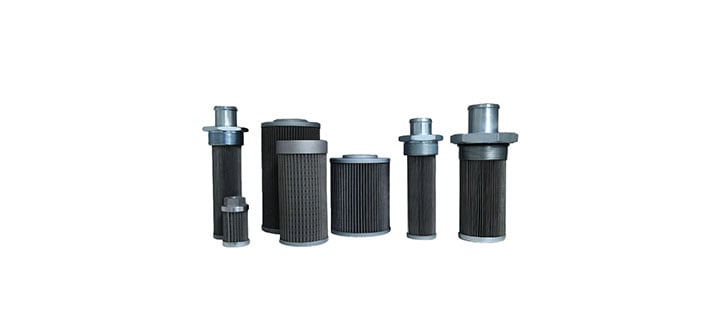The main sources of impurities in hydraulic filters may include residues produced during machining, the external environment, and substances produced during the internal operation of the system. The specific analysis is as follows:

1. Machining residues in hydraulic filters
These are produced during the manufacturing or maintenance of equipment, such as rust, casting sand, welding slag, iron chips, coatings, paint skins and cotton yarn chips. Although it is cleaned before assembly, it is possible for these tiny particles to remain in the system.

2. External pollutants in hydraulic filters
This refers to the dust and other impurities that enter the system through the refueling port, dust ring, etc. These often come from the surrounding environment, especially during maintenance operations, which can easily allow contaminants to enter the system if not careful.
3. Impurities generated during system operation

This refers to substances produced during the operation of the system as a result of component wear, oil oxidation or other chemical reactions. For example, seals may form fragments after pressure, the relative wear of moving parts will produce metal powder, and the oxidation of oil will produce gum, asphaltene, carbon slag and so on.


